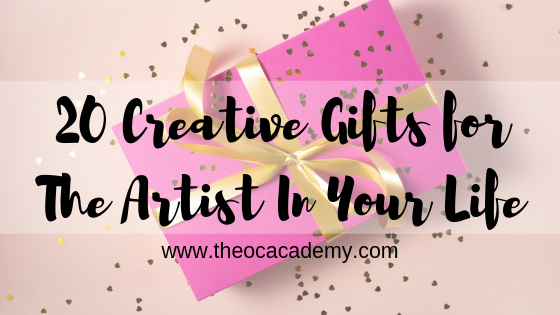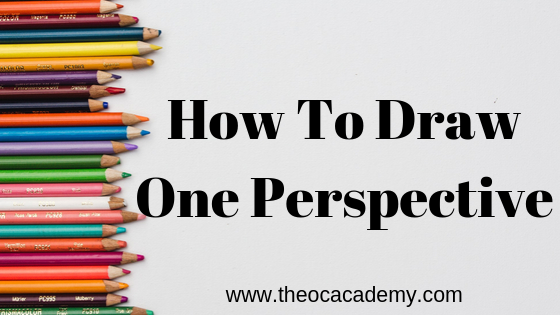- The Key Components of a Blog Post
- Brainstorm for a Blog Post with Mind Mapping
- How To Structure a Blog Post
The Key Components of a Blog Posts
A blog post can be made up of as many or as little parts as you want. For the sake of this post, I will be sharing with you how I break down the anatomy/components of a blog post.
01. A Catchy Title
Currently, we live in an era of skimming. Many blog readers are looking over content faster now more than ever. Part of this is due to the growing amount of content available. To keep up with this trend, make sure you place you key thought or main idea in the title and make it catchy so that it attracts the eye of the viewer and makes them slow down, take interest and consume your content.
02. An Appealing Cover Image(s)
Just like the Title, the cover image should be just as enticing. It should be relevant to the content within the blog, and it should be able to stand on its own. The cover should image, should be able to tell the reader just as much as the title can.
03. Introduction
I am a storyteller by nature, in other words, I do my best work when I show and not tell in my writing. When creating an introduction, paint a verbal picture for your reader, take them on a mini excursion giving them a small taste of what the rest of the post will be about. A practical way of doing this is by creating a relatable and or authentic situation, related to the blog post that the reader can apply to their own lives.
04. The Body
In this section of the blog post, you will find the meat and potatoes. This is where you will be expanding on your previous ideas and explaining your thoughts. The formatting in this section is up to you how you choose to deliver your content. However, I suggest listicles if you are not writing a narrative.
Ideas for formatting the body of your Blog Post
- Lists (Listicles)
- Pros vs. Cons
- Fact vs. Fiction
- If/Then Statements
- Examples
- Scenarios/ Stories
- KWL Chart
- Traditional Paragraphs
05. Conclusion
This is the wrap-up. Here is where you tie everything together and relate it back to your introduction paragraph.
06. Call to Action
Here, you will ask your audience to like, comment, follow, share, subscribe and or sign up for your email list. Whatever your call to action is, make sure that you have them at the end of each blog post.
07. Related Posts
Related posts help to keep your audience on your site. These can be within the body of the blog or at the start and end them.
Brainstorm For a Blog Post With Mind Mapping
Brainstorming for a blog post is no different than how you were taught back in grade school. There are a few ways to go about doing so, these are the methods that I use the most.Mind Mapping
According to Mindmapping.com, A mind map is an easy way to brainstorm thoughts organically without worrying about order and structure. It allows you to visually structure your ideas to help with analysis and recall. To learn more about mind mapping, visit the site here.
The software that I used here is an online software called Mind Meister click here if you want to check it out.
Other Methods of Brainstorming
- Starbursting | Draw a 6 pointed star, on each point write who, what, then, where, how, and why.
- Freewriting | Write down a list of ideas that have no matter what they are, then organize them accordingly.
How to Construct a Blog Post
01. Come Up With An Idea
What are you going to write about? What questions do your audience members have? What problems can you solve for them? How can you further enrich them? What can you teach them? How can you inspire them?02. Come Up With A Catchy Title
Make an introduction that will catch the eye of your readers and make them want to know more. Offer up solutions and be direct.03. Introduction
What is your post going to be about? How can you further grasp and hold the attention of your audience?04. Format The Body
- How are you going to deliver your content?
- Lists (Listicles)
- Pros vs. Cons
- Fact vs. Fiction
- If/Then Statements
- Examples
- Scenarios/ Stories
- KWL Chart
- Traditional Paragraphs
05. Conclusion
Wrap up the post and tie it into the introduction.06. Post Links
At least 3 Internal LinksAt least 3 External Links
07. Featured Image(s)
- Cover Image
- Recreate the title with a cover image
- Secondary Image(s)
- Put a relevant twist on the blog post. List the key ideas in an image or two.








0 Comments